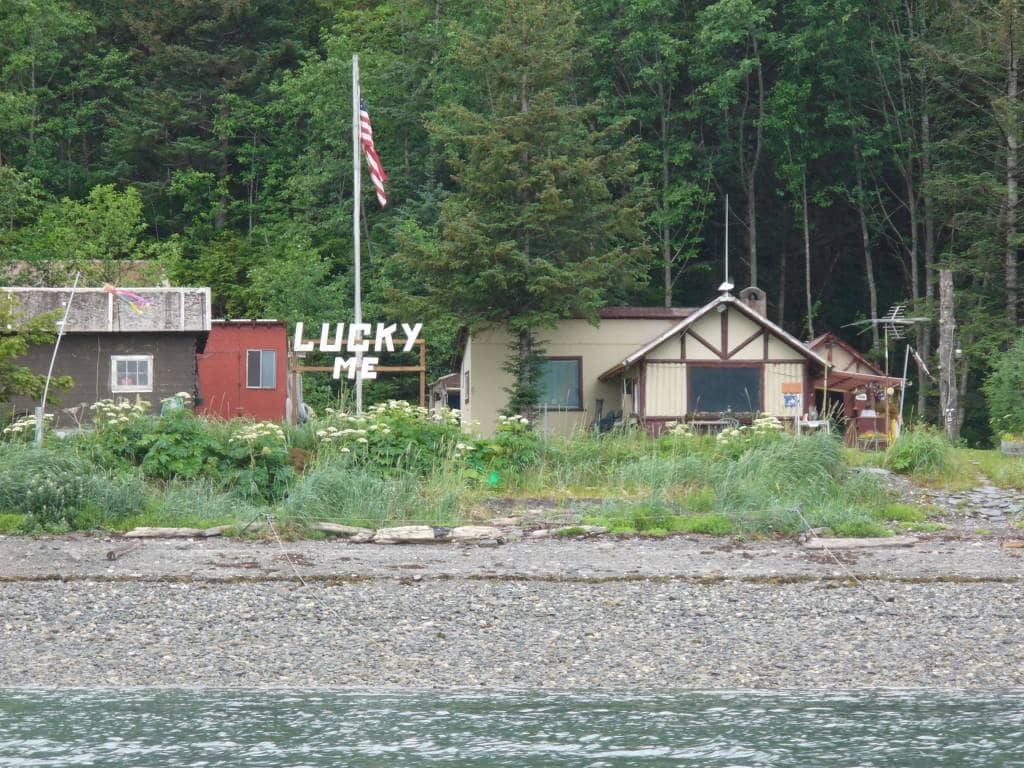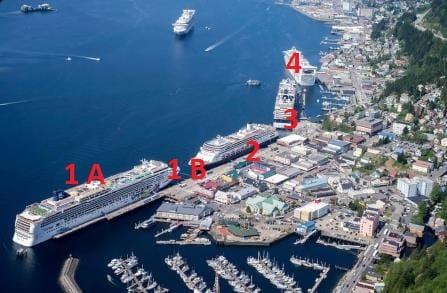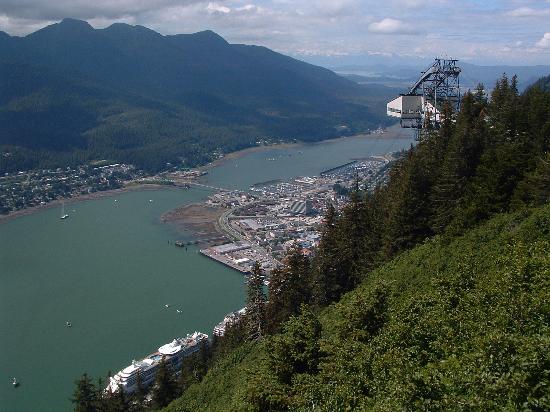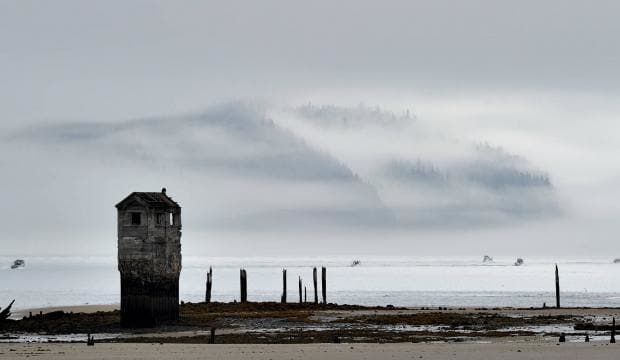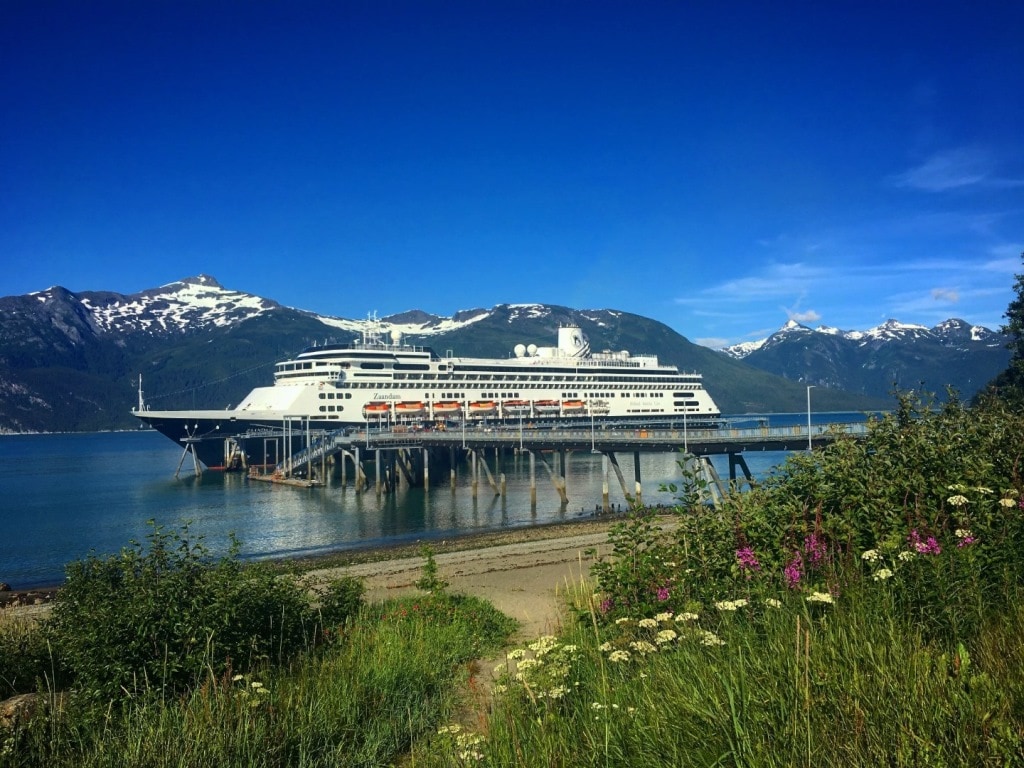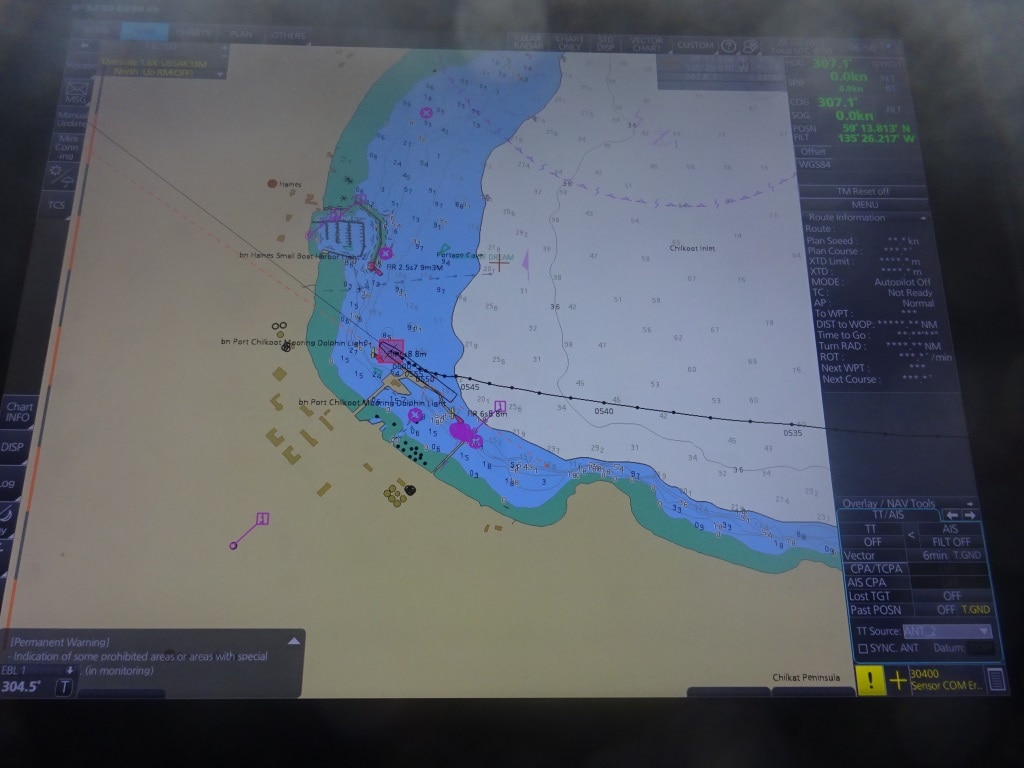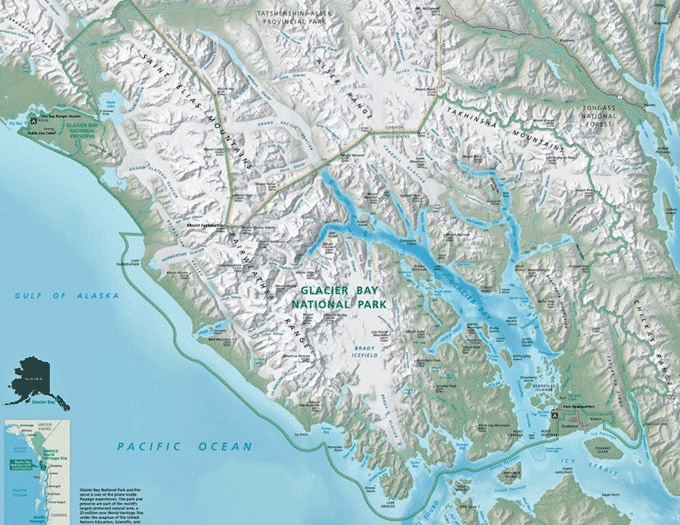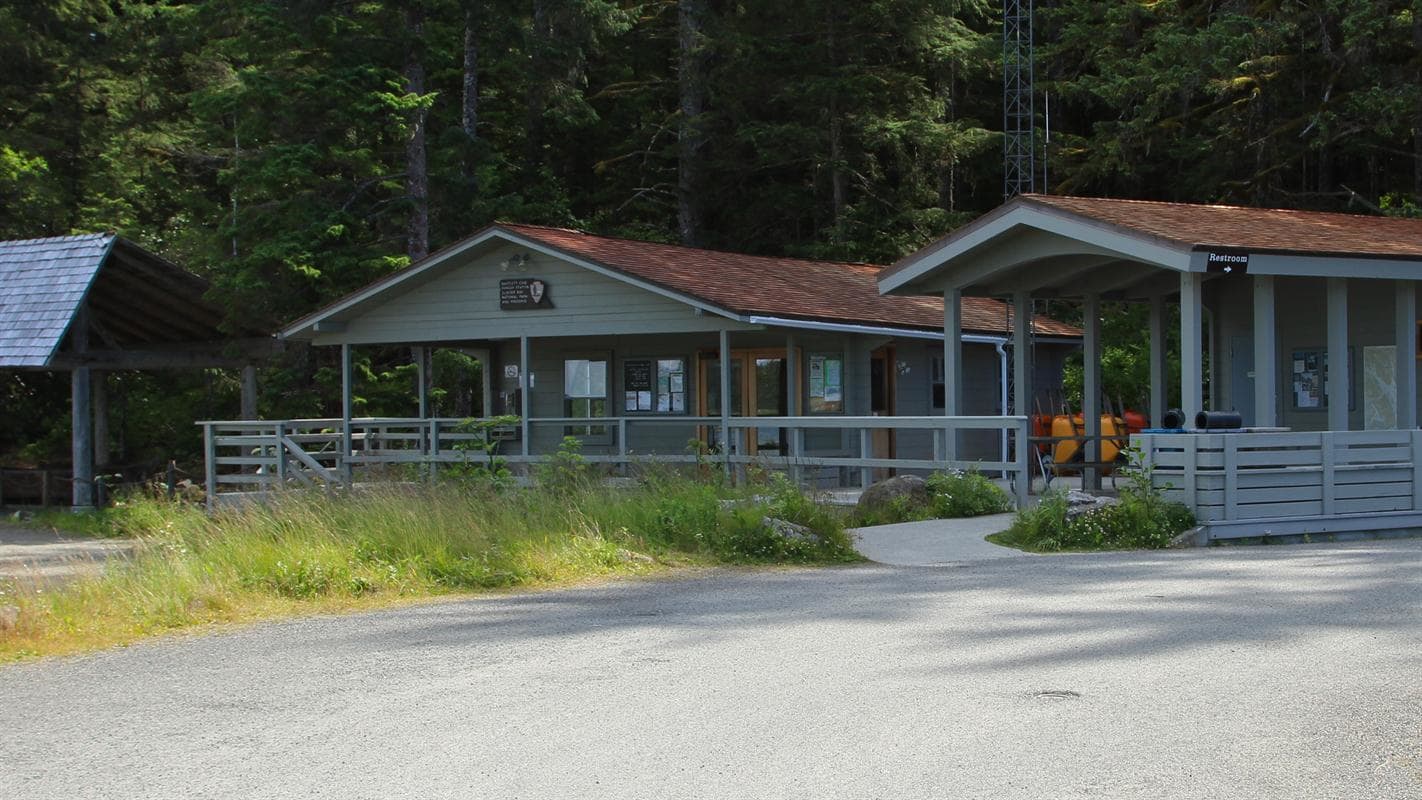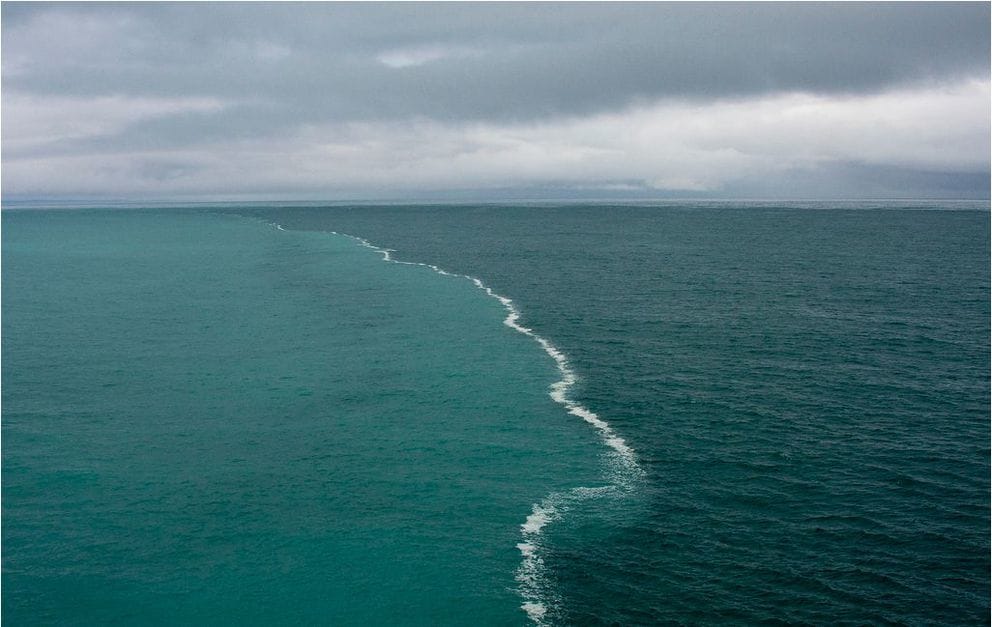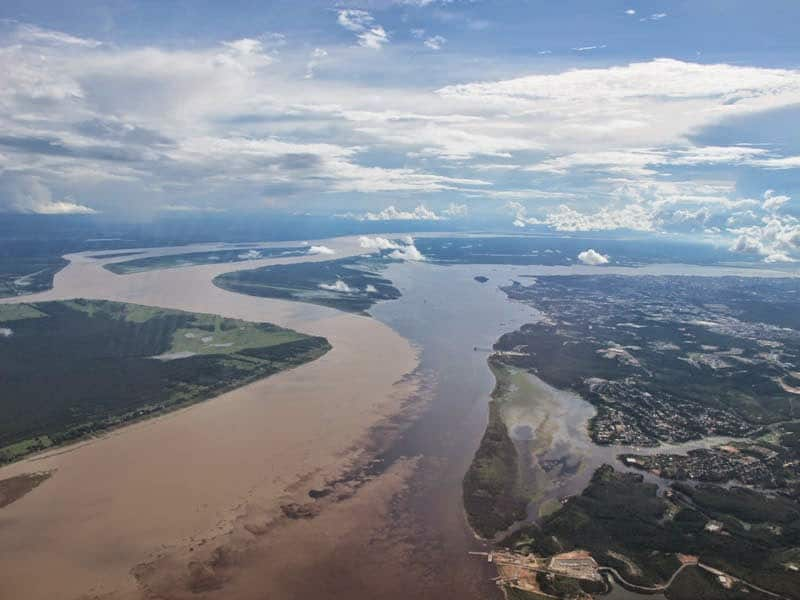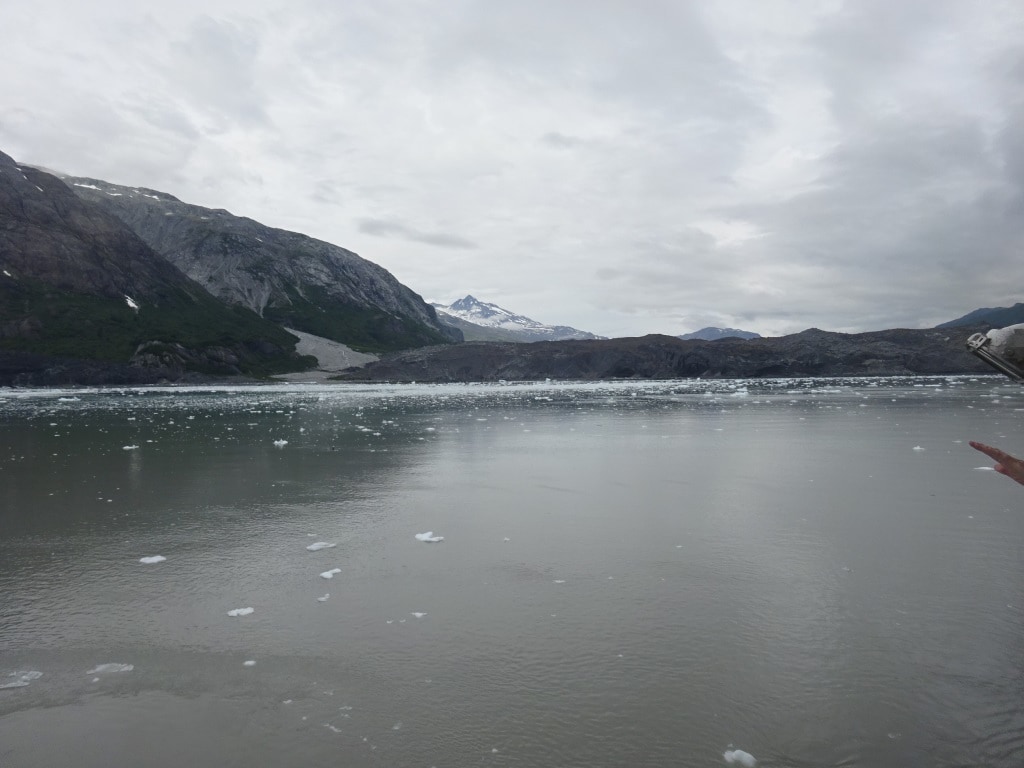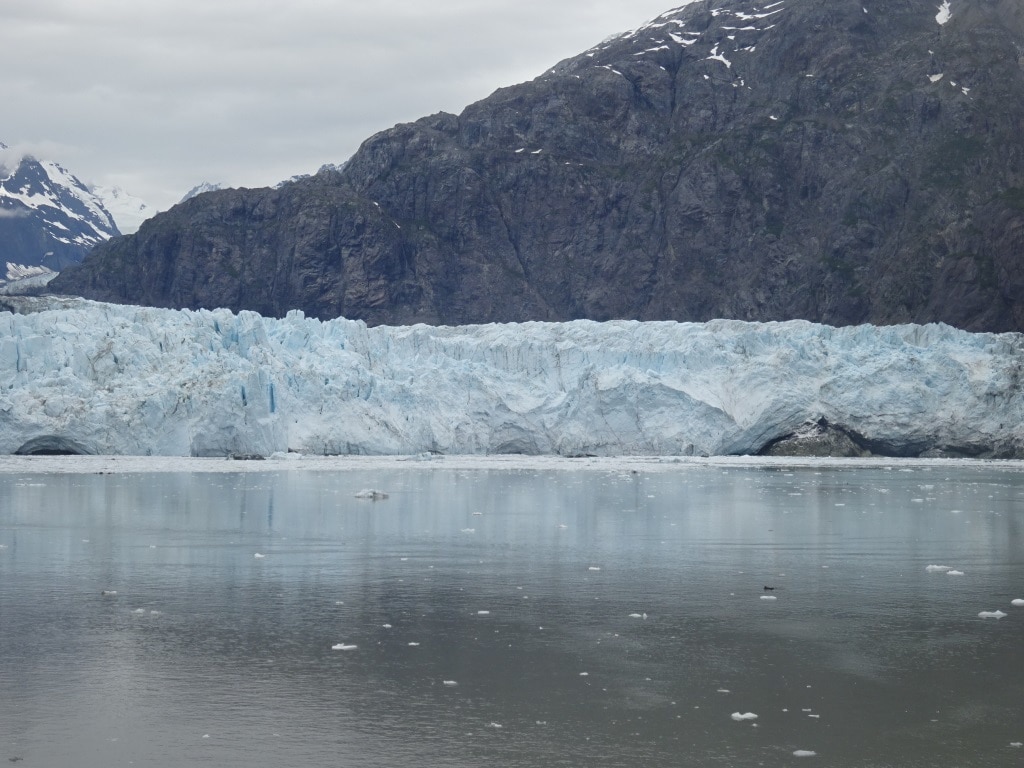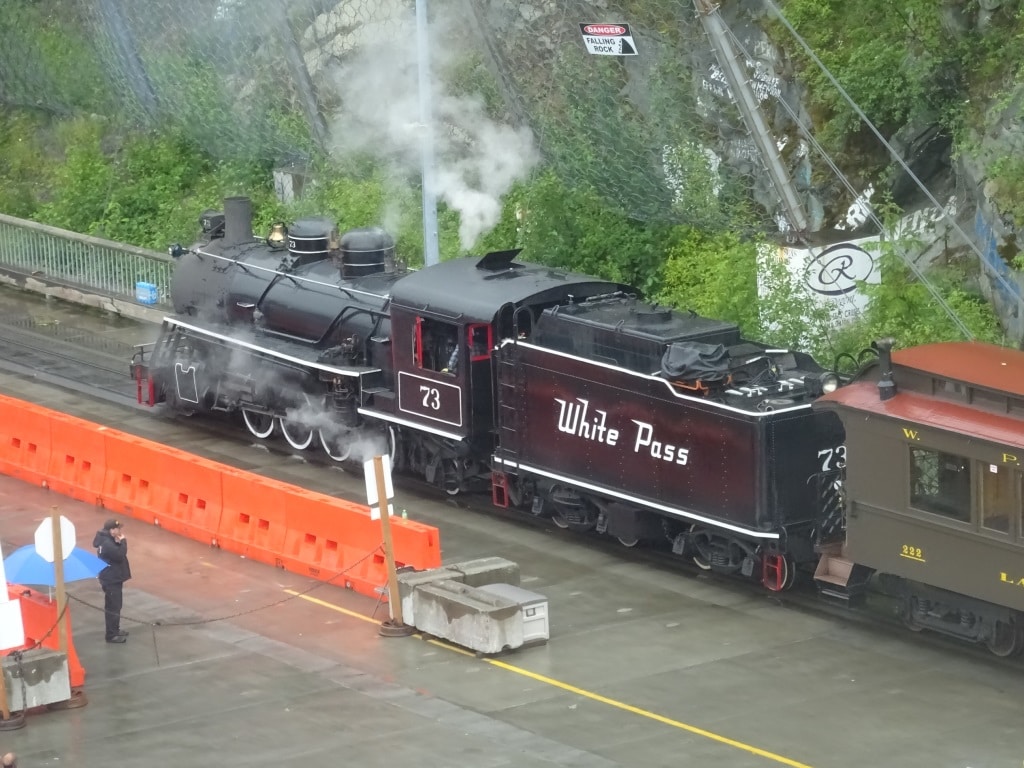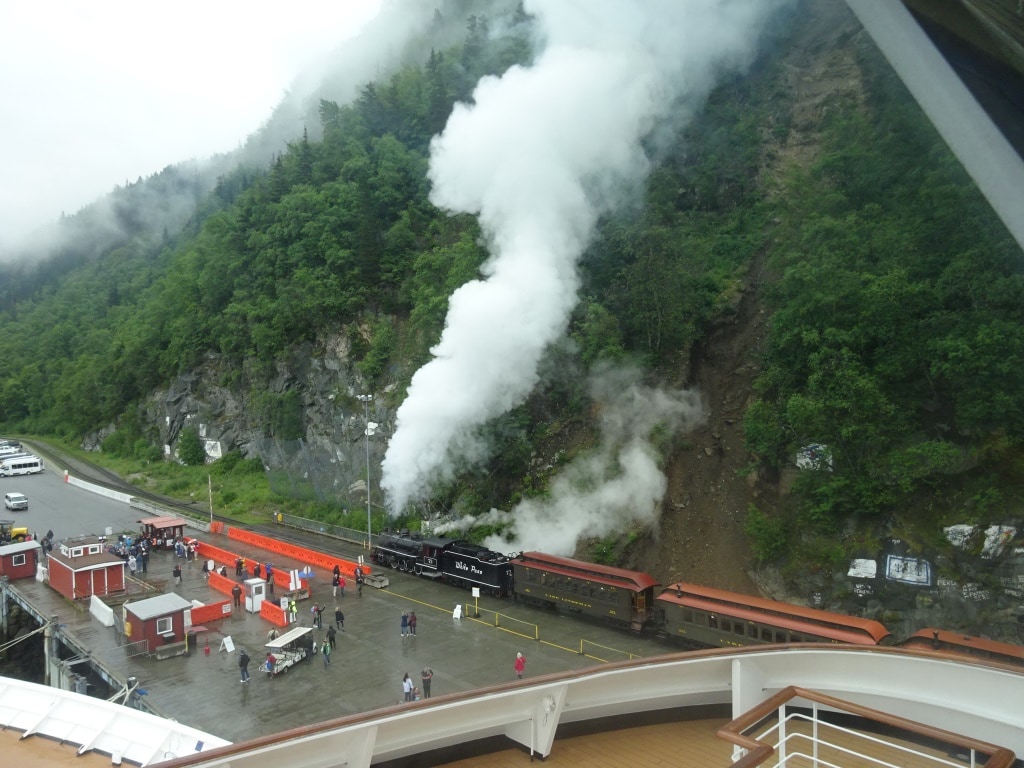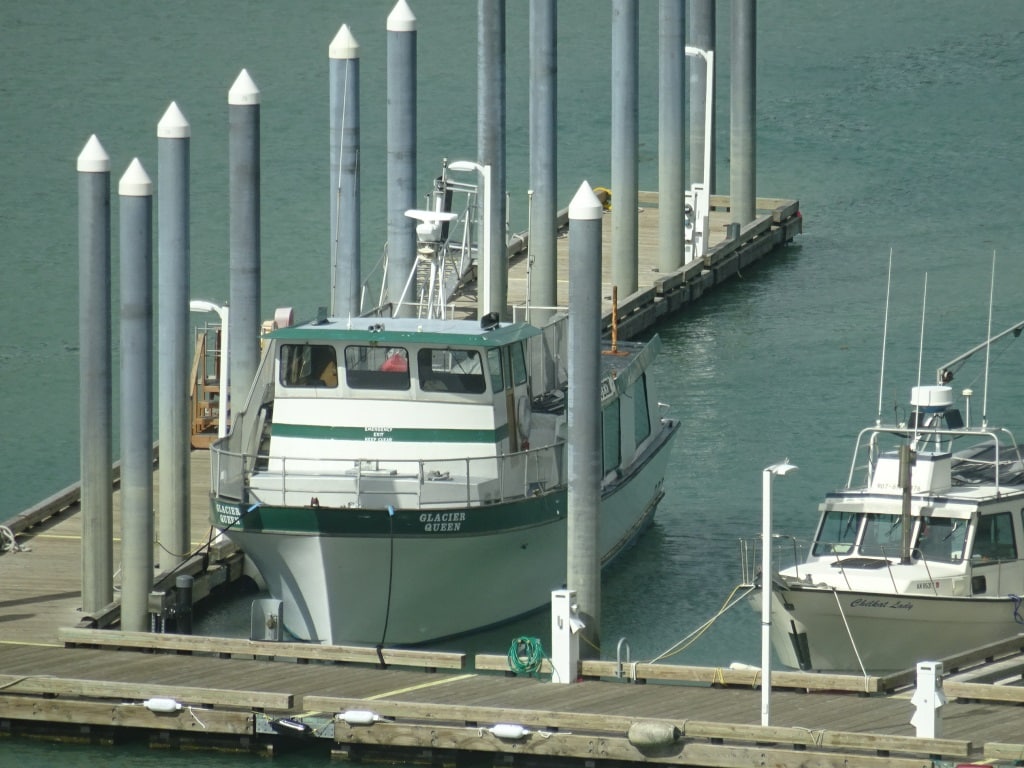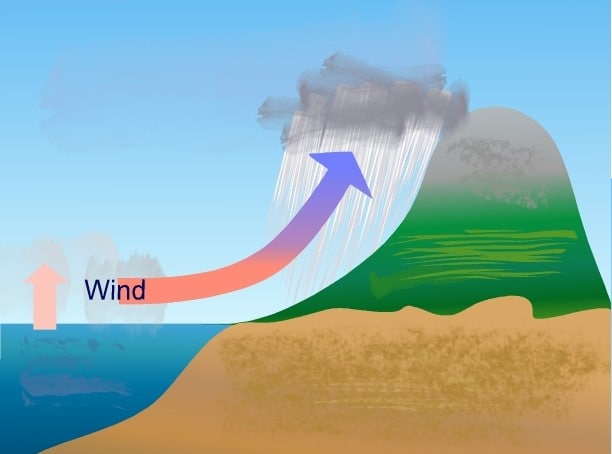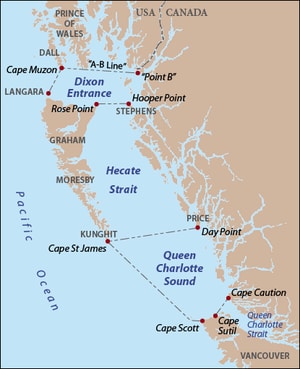All in all, it was not a bad day in Ketchikan. Mist and drizzle hung around the town but it looked like that most of it congregated at the Airport across the Tongass Narrows from downtown. Still I have not needed my sunglasses this season while being here in Alaska for the last six weeks. While on the subject of the Juneau outhouse of yesterday’s blog there is another anecdote about Juneau which has more truth to it. By the way the official name of the outhouse is the Treadwell Mine Salt Water Pump House, so obviously it was not all just about ventilation. This also happened in the 1980’s and it clearly indicates that Alaska is/was still a frontier state sometimes with highly independent thinking people. This is the story about the village of Lucky Me.
Somewhere in the 80’s a gentleman living in the town of Douglas fell out with the local council. Douglas is the town connected to Juneau via the bridge at the end of the cruise ship docking area. As the dispute could not be resolved, he was told he would start his own town and council and so he packed up his bags and moved down to the end of the island close to the entrance of Gastineau Channel. He built a log cabin (or something similar) and settled down and thus basically starting up his own town. In front of the house a big illuminated sign was erected with the name: LUCKY ME. Through the years more houses and buildings popped up and a sort of small community grew in an area hard to reach but still close enough to civilization if needed. Last year the sign was still there but due to growing trees it was very hard to see. This year I have not had the chance yet to look for it. What is the morale of this story: in Alaska it was, and maybe still, possible to setup your own town if you do not like what is going on. Try that in the rest of the world. For those more interested, if you do a google with” Lucky Me Juneau” then all sorts of interesting things will show up.
We had a full house again today with all docks filled and the Oosterdam leaving at 13.00 hrs. hot bunking with the Celebrity Infinity arriving at 14.00 hrs. If you think about something this simple for a little bit and take the logistics into account, then it becomes clear it is not that simple at all. Two different – competing – companies have to come up with a schedule that they can occupy the dock at different times to give its guests the best possible service. The Alaska agent who makes the docking schedules has to deal with these companies about 2 years in advance to get it all worked out so that the cruise companies can put it in their cruise brochures. This means that all the berthing arrangements are made about two years in advance. If now a company suddenly has a marketing brainwave and decides to send a bigger ship, then there is a fair chance that troubles arise. There are more and more large cruise ships coming into operation and some of those biggies could also see employ in Alaska.
Nothing wrong with that, if there are guests who are happy to sail Alaska that way then kudos to them; but that ship has to dock. As an example Ketchikan has 4 docks. Dock 3 and 4 can take ships up to about 120.000 tons and dock 1A/B – 2 which is the combined dock, also known as the Tongass dock, normally takes two ships alongside. Now move in a ship over the 120,000 tons and it has to go to dock 1 -2 taking up the space of two ships. But because it is not as long as two ships together, there will be some dock space left empty. Literally a waste of space. Finding then a little cruise ship which can still park behind this behemoth might not be so easy to find. Small cruise ships normally come in a few calls during the summer but not every week and also not always at the same time and same day of the week. Ketchikan might need a few more docks if bigger ships are coming and so does Juneau………………. But where to go???
After Ketchikan the ms Zaandam heads south back to Vancouver, where we will at 07.00 on Sunday morning. A very important arrival as Yours Truly will be signing off to go home to England for a vacation. Luckily it seems to rain there at the moment so I will not have much of a culture shock. That is if I make it there. My airline has just informed me that they have cancelled my flight from Vancouver to Amsterdam and are in the process to find me another flight which goes the same way.
